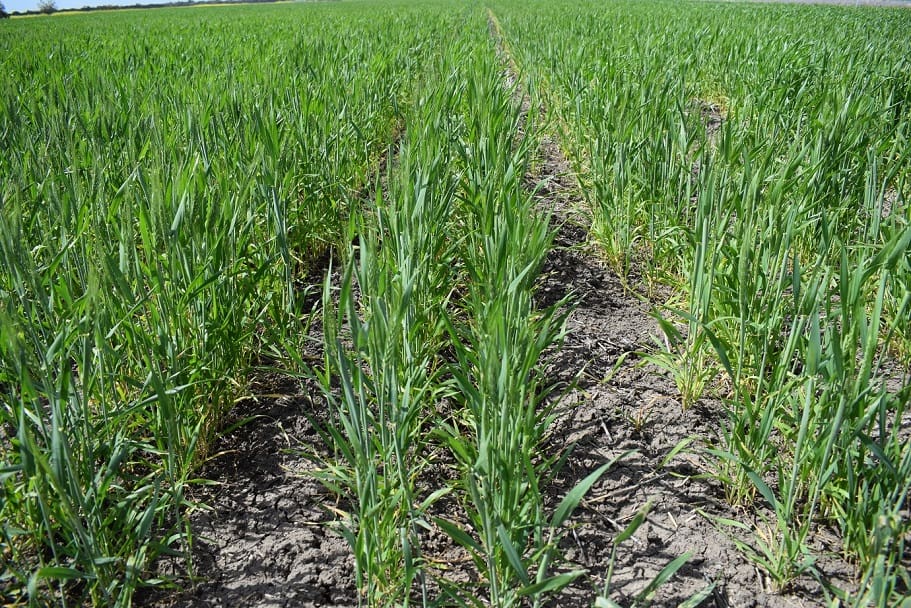
AS this year’s winter crop reaches a critical growth stage, now is the time for farmers to undertake rigorous and regular surveillance to protect their growing crops from new weeds, pests and diseases, according to Agriculture Victoria grains industry biosecurity officer, Jim Moran.
Mr Moran said surveillance during the life of a crop would provide the best possible chance of identifying new weeds, pests and diseases early, just after symptoms appeared.
It would also significantly increase the potential to eradicate the pest or disease and minimise crop damage and loss of income.
“Whether it is a new weed, an exotic pest and disease to Australia, or a new arrival of an endemic to your farm, there can be multiple impacts on productivity from the establishment of weeds, pests and diseases without early interventions,” he said.
“If you have imported fodder, grain or stockfeed from other regions onto your property lately, vigilant surveillance for germinating plants, new insects and disease symptoms is required in the spots where it was stored and fed out to livestock as well as in nearby, sown paddocks.”
Weeds, pests and diseases can arrive as seeds, eggs, spores and other microscopic particles.
They are transported in, and on soil, plant matter, machinery, work boots, vehicles, trucks, equipment and livestock.
There are many ways unwanted, uncontrolled and unclean arrivals can spread and create problems.
Once established, weeds, pests and diseases can increase your cost of production through chemical applications and decreased yields as a consequence of plant damage and delayed crop maturity.
“Ultimately, the impacts can be the quality, price and marketability of your finished product, if you get one,” Mr Moran said.
A successful surveillance program must be supported by thorough knowledge of the common pests of the crops you are growing.
“Whether it’s you or your agronomist who conducts the surveillance, knowing what is normal to expect in your crop, will help to identify any unusual weeds, pests and diseases that have invaded your crop,” he said.
Key points:
- Plan regular and thorough surveillance of your crops and at risk areas of the property.
- Listen for pest and disease risk alerts issued by various agencies and organisations.
- Get diagnostic advice from an expert in weeds, plant pests and diseases.
- Samples of anything unusual should be sent by your agronomist to Agriculture Victoria in Horsham through the CropSafe program for analysis by experts.
- Get your free copies of the Grains Industry Farm Biosecurity Manual and Monitoring Stored Grain on Farm booklet.
- Install a free biosecurity gate signs to help control movement onto your property by contacting Jim Moran on 0418 377 930.
Source: Agriculture Victoria, agriculture.vic.gov.au/crops-and-horticulture/grains-pulses-and-cereals/cropsafe-program
For more information on Biosecurity or the Grains on Farm Biosecurity Program visit www.planthealthaustralia.com.au and www.agriculture.vic.gov.au



HAVE YOUR SAY